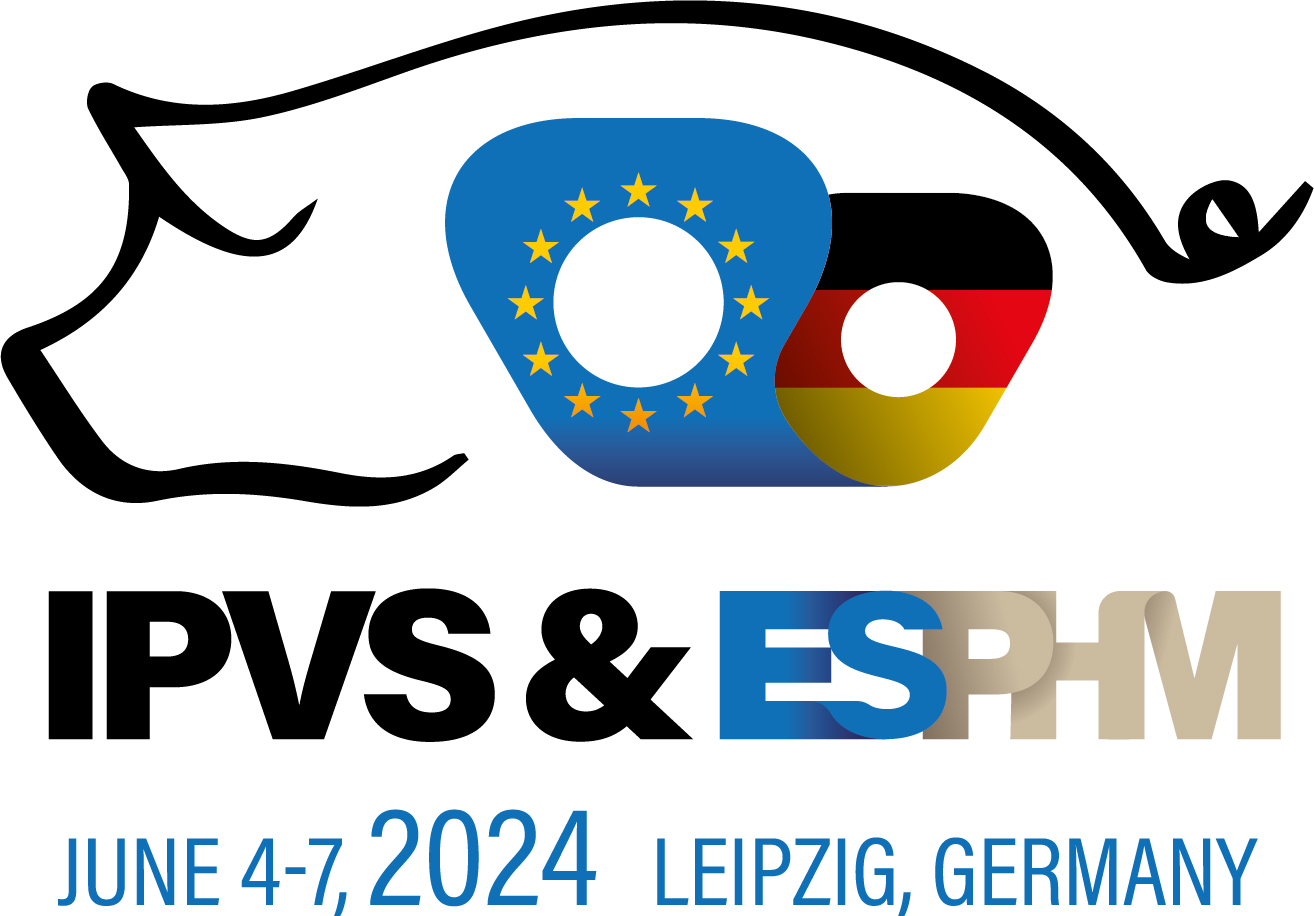
Prof. Dirk Werling
Centre for Vaccinology and Regenerative Medicine, Royal Veterinary College, Hatfield
UK
Biosketch
Prof Werling graduated from the Veterinary University in Hannover, before obtaining his DrMedVet (Virology) degree while working at the ETH Zuerich. After several Fellowships, he obtained a PhD in Immunology from the University of London. He is working since 2003 at the Royal Veterinary College (London), initially as Senior Lecturer and since 2007 as Full Professor in Molecular Immunology and since 2018 as Director of the Centre for Vaccinology and Regenerative Medicine. The main research area of his group is to assess the function of the innate immune response in farm animals and evolutionary questions associated with identified differences between farm animals, human and mice. More recently, this work has evolved into functional studies concerning the mucosal immune system and how the microbiome impacts on this, specifically using organ platforms, such as organ-on-a-chip.
Abstract
The porcine host and immunological escape
Porcine pathogens, from bacteria, parasites to viruses have evolved a variety of mechanism to evade host immune recognition. The continued spread of the newly emerging, re-emerging, or epidemic pathogens in Africa, Europe and Asia threatens the global pig industry. For many of these pathogens, the lack of effective vaccines limits disease control. Indeed, these pathogens have evolved a variety of encoded immune escape possibilities, resulting in evasion of not only innate but also adaptive immune processes, inducing cellular inflammation, autophagy, or apoptosis in host cells. Frequent persistent infections hinder the development of effective vaccines and impose technical barriers. Currently, for a lot of these pathogens, knowledge of the virulence-related genes, main pathogenic genes and immunoregulatory mechanism is not comprehensive. Here, I will explain some mechanism that porcine pathogens employ to invade the host and to regulate its inflammatory response, including type-I interferon production, antigen presenting cell shut down as well as knock-out of antibodies. Furthermore, I propose potential ideas for vaccine target design, such as knocking out high-virulence genes using CRISP/Cas or TRADIS approaches and performing data mining to identify the main genes that induce antiviral responses. To support a rational strategy for vaccine development, a better understanding of how these pathogens interact with the host and regulate the host’s response to infection is needed.
